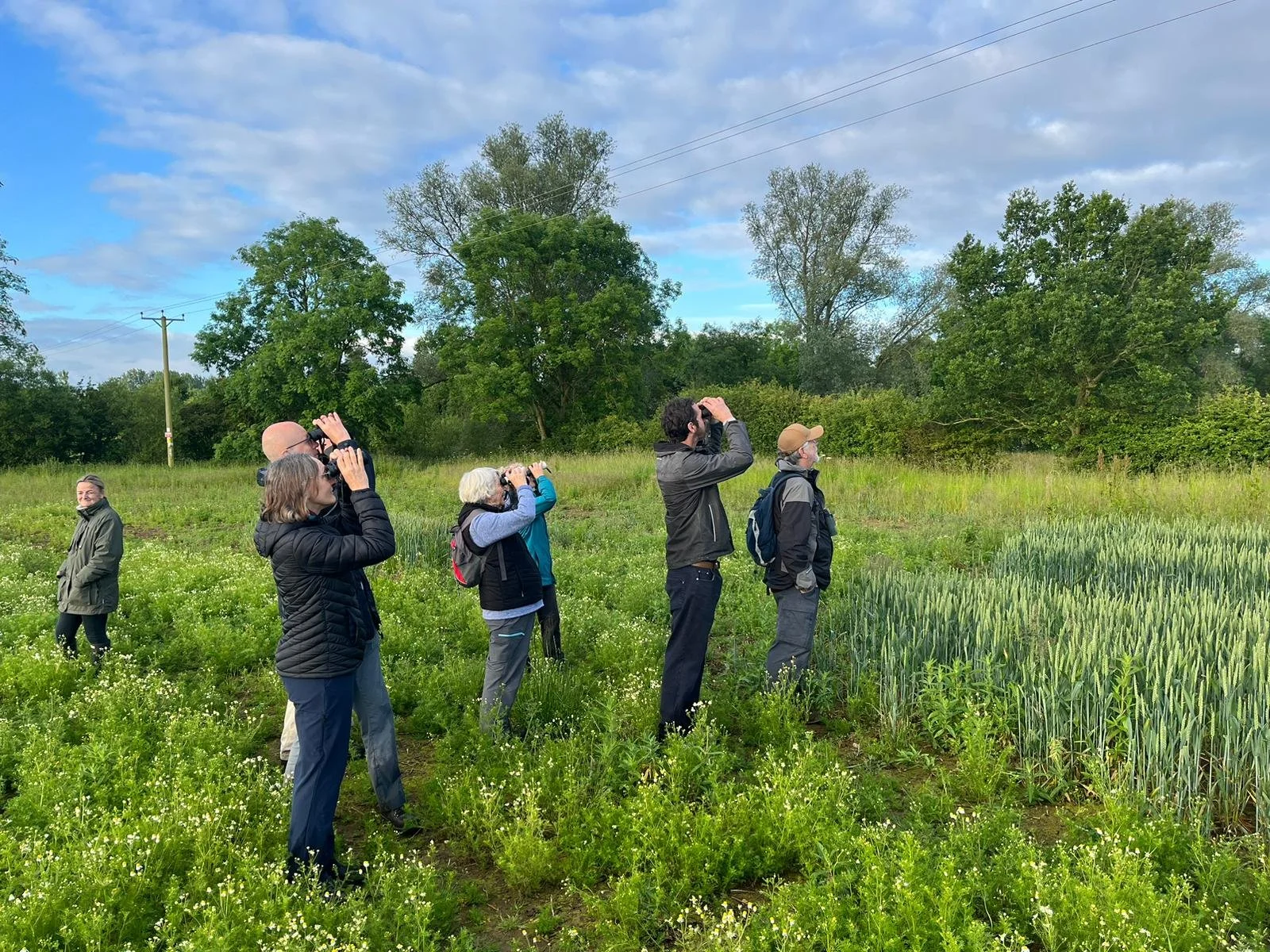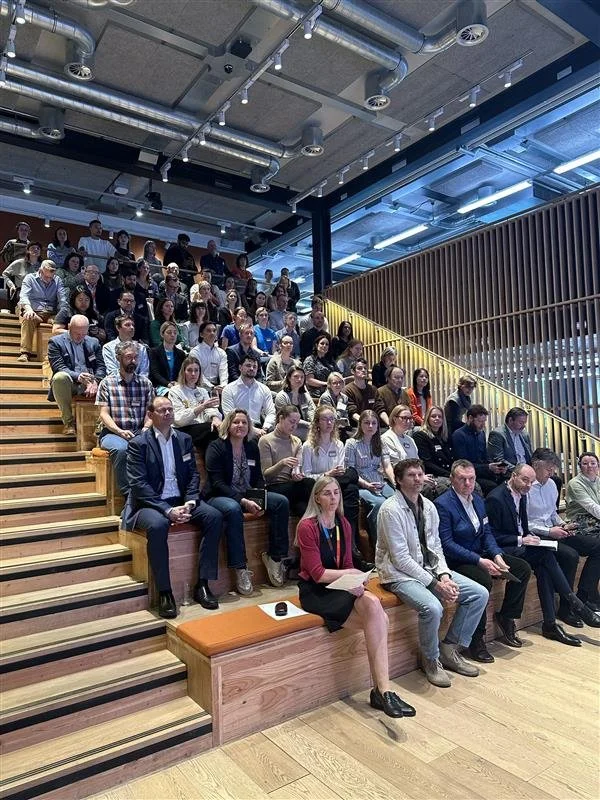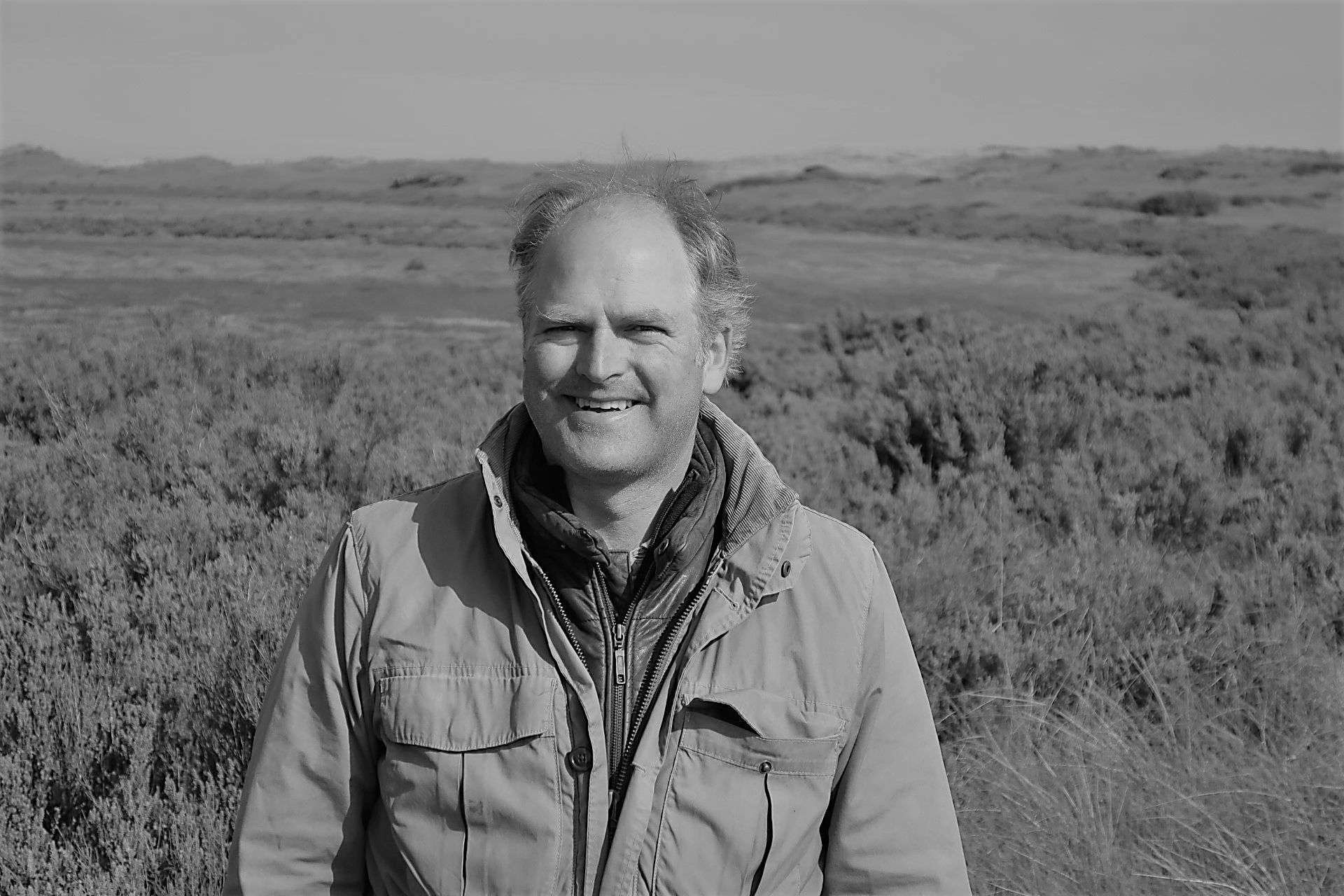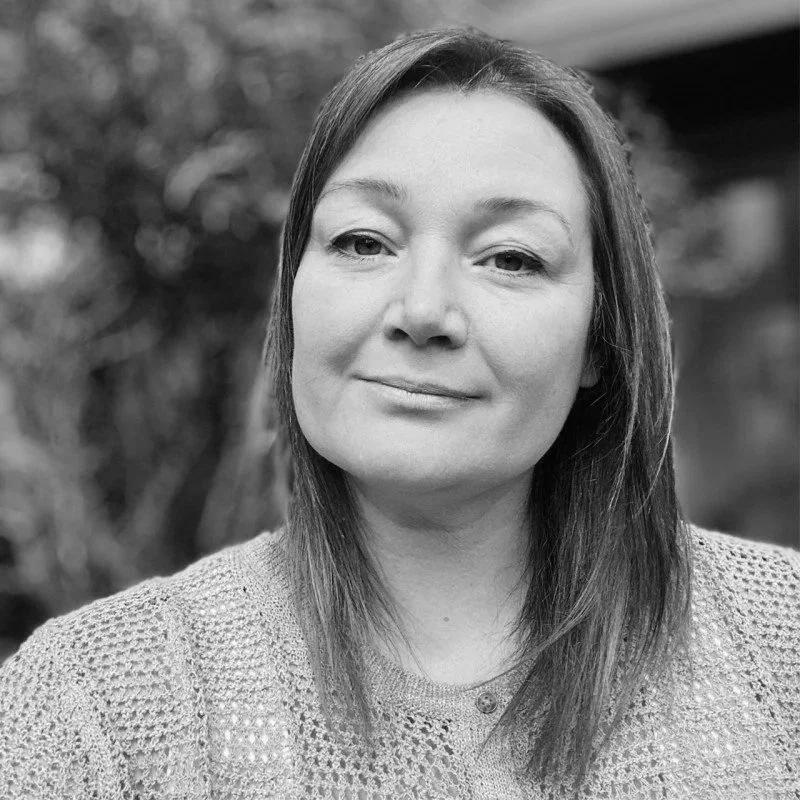
Case Study: Arup’s Innovative Investment in UK Nature Restoration
How pioneering private-sector funding can accelerate carbon sequestration and ecosystem recovery
The Problem
The UK urgently needs to accelerate nature restoration and carbon sequestration to meet its climate and biodiversity commitments. Progress has been limited, largely due to insufficient finance from both public and private sources. A key barrier is that nature-based solutions typically require long-term restoration timelines that extend beyond conventional funding horizons or rely on land ownership and the ability to bear associated risks.
In 2024 Arup, a global consultancy and leader in sustainable development, approached the market to explore how a new private sector funding model could be used to unlock meaningful nature restoration through upfront investment.
The Solution
Arup has secured 10,000tCO2e of carbon removal credits over 50 years from Nattergal’s Boothby Wildland. The £1million upfront investment, at a price of £100 per tonne, will enable a wealth of environmental and societal benefits that go far beyond carbon offsetting.
Arup, committed to becoming a science-based Net Zero organisation by 2040, sought to reduce future exposure to the financial, supply and quality risks of fully relying on the carbon removal spot market to address its forecasted residual emissions. Accordingly, Arup decided to build diversity within its portfolio and explore how to source nature-based carbon removal credits from nascent projects requiring upfront investment to accelerate delivery.
Arup prioritised a nature-based solutions (NbS) approach, recognising their power to address climate change, enhance biodiversity and build resilience in both urban and rural environments. When well designed, NbS deliver multiple co-benefits, such as improved air and water quality, reduced flood risk and greater community wellbeing. This approach reflects Arup’s own corporate ethos and professional services offering to clients: one that emphasises sustainable development and systems thinking, by working with natural processes to deliver scalable, place-based outcomes.
Following evaluation of several UK schemes, Arup identified a preferred opportunity with Nattergal on its Boothby Wildland project, developed in alignment with the Wilder Carbon Standard for Nature and Climate and externally validated by Soil Association Certification.
Working with Nattergal and Wilder Carbon , they developed a pre-purchase agreement in January 2025 to secure 10,000tCO₂e of future carbon removal credits. These credits will be retired by Arup over the course of the next 50 years, once the carbon removal has been Verified in alignment with the Wilder Carbon Carbon Standard for Nature & Climate.
A key driver behind Arup’s choice of project was Nattergal’s commitment to delivering wide-ranging environmental and social benefits that extend well beyond carbon removal and storage alone. Their management of the site will contribute to creating essential ecosystem services such as mitigating flood risk for the village of Boothby Pagnell downstream, improved water quality and increased pollination. These benefits are monitored to ensure the projects’ integrity and to support broader knowledge creation and sharing.
The Project
Boothby Wildland is a 617 hectare former degraded arable farm in Lincolnshire, with variable grade 3 soil types. Nattergal led a three-year gradual retreat from arable farming and nature is now taking the lead, with the help of a few human interventions.
The Opportunity
With input from local communities and stakeholders, the aims for the project are:
Enhance Biodiversity: Natural regeneration of key habitats and support of notable species through improved landscape connectivity.
Improve ecosystem services: Flood mitigation, improved soil health, cleaner air/water and pollination
Engage communities: Collaboration with local stakeholders to align with regional priorities, and opportunities to connect with nature
Provide science-based evidence: the environmental, social and economic benefits of process-led nature restoration.
Exploring the Business Case
Nature is arguably the world’s most undervalued asset class and a central challenge in scaling nature-based solutions lies in how voluntary and compliance markets recognise broader value. However, the Wilder Carbon Standard for Nature & Climate addresses this through mandating a minimum biodiversity uplift alongside carbon removal and storage as a part of their carbon credit certification.
Arup saw value in this model and the capacity to quantify and evidence these wider benefits. By securing certified carbon credits – which is a commitment of Arup’s net zero ambition – alongside the inherent benefit of high quality nature restoration and accounting for the wider ecosystem, the business case was assessed not just on price, but also on alignment with Arup’s values and long-term strategic objectives
Arup made the upfront £1m investment in Boothby, at a price of £100/tCO2e, through the Arup Carbon Fund – an internal mechanism financed by a levy applied on all emissions from the company’s aviation travel.
To support the longevity of the investment and partnership, Arup worked with Bates Wells to negotiate a bespoke legal agreement that safeguarded the interests of all parties. The agreement was designed around a shared ambition to explore mutual value in tackling climate change.
Sarah Brownlie, Programme Director, Wilder Carbon
“This is such a great example of nature markets working in a high-integrity end-to-end manner through collaborative partnership. Nattergal are a Wilder Carbon Trusted Deliverer with a tremendous track record in delivering the highest quality natural regeneration projects that maximise a landscape’s biodiversity and carbon potential and therefore, resilience. Matched with Arup, a Wilder Carbon Approved Buyer who are committed to reducing their impact, whilst investing in nature-based solutions today, to secure more nature and climate benefits over time; all assured by the Wilder Carbon Standard for Nature and Climate.”
Making it Happen: A Blueprint for Private Sector leadership
Arup’s investment in Nattergal’s Boothby Wildland exemplifies how private capital can drive measurable ecological and climate action and leverage the business case for carbon removals to align with existing climate commitments. Restoration activity on the 71.24 hectares of the site linked to Arup’s investment has already begun, including the installation of protective fencing and encouragement of pioneering species.
Many private and public sector organisations face similar financial, supply and quality risks from fully relying on the carbon removal spot market. Arup’s partnership with Nattergal and Wilder Carbon highlights an alternative approach to managing forecasted residual emissions - one that may offer greater resilience, predictability and outcomes for nature and community.
Following the success of Arup’s advanced credit purchase, the firm is now exploring opportunities with other projects and organisations across different geographies, reflecting Arup’s global presence.
Prioritising integrity, collaboration and innovation, the partnership between Arup, Nattergal and Wilder Carbon shows a new way for accelerating nature restoration at scale.
Arup’s £1 million upfront investment—separated from land ownership—creates a replicable model for private-sector participation in nature recovery.
Project Feedback
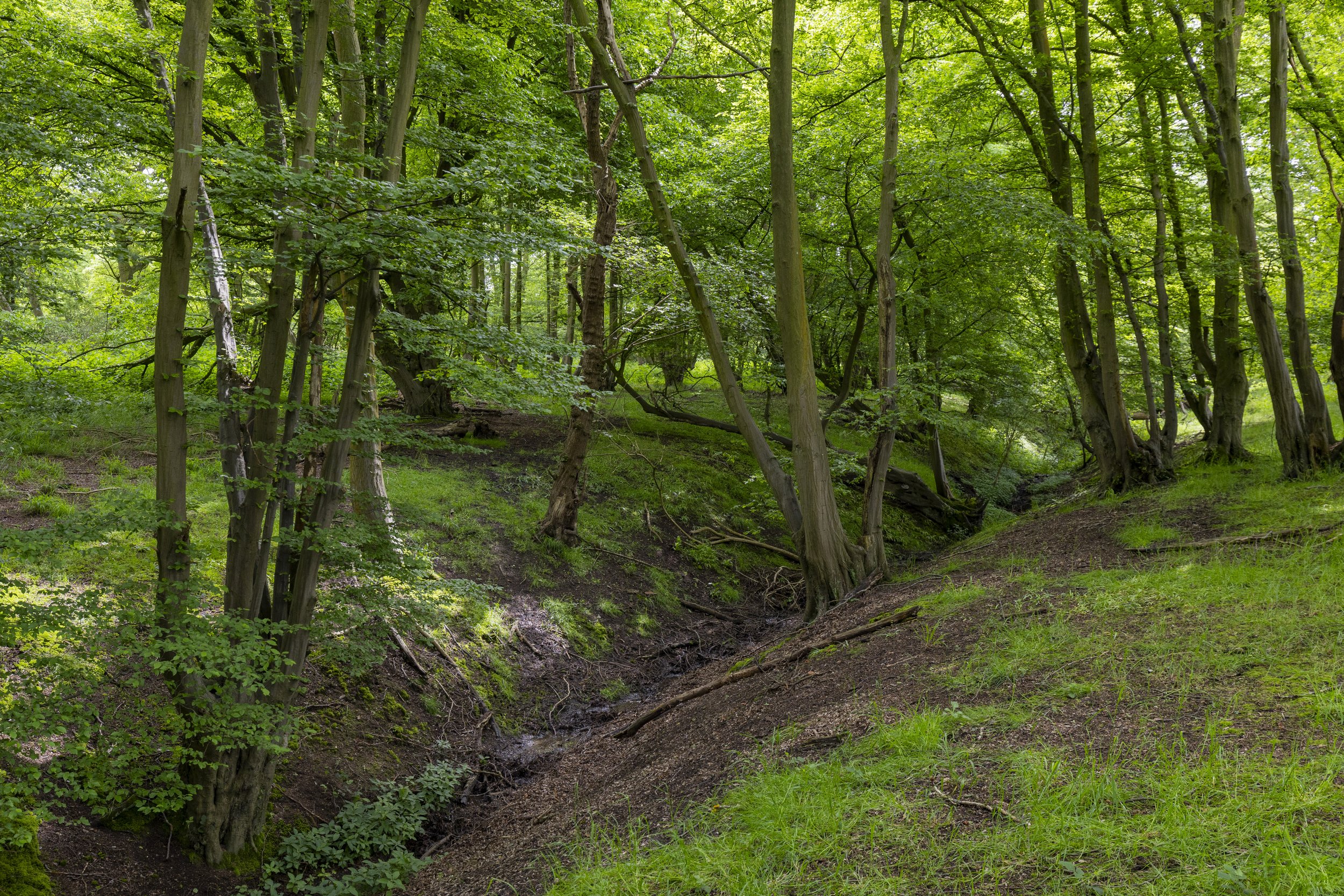
To discuss nature recovery through carbon and biodiversity financing contact info@nattergal.com
For media enquiries contact Jill.wotherspoon@nattergal.com
